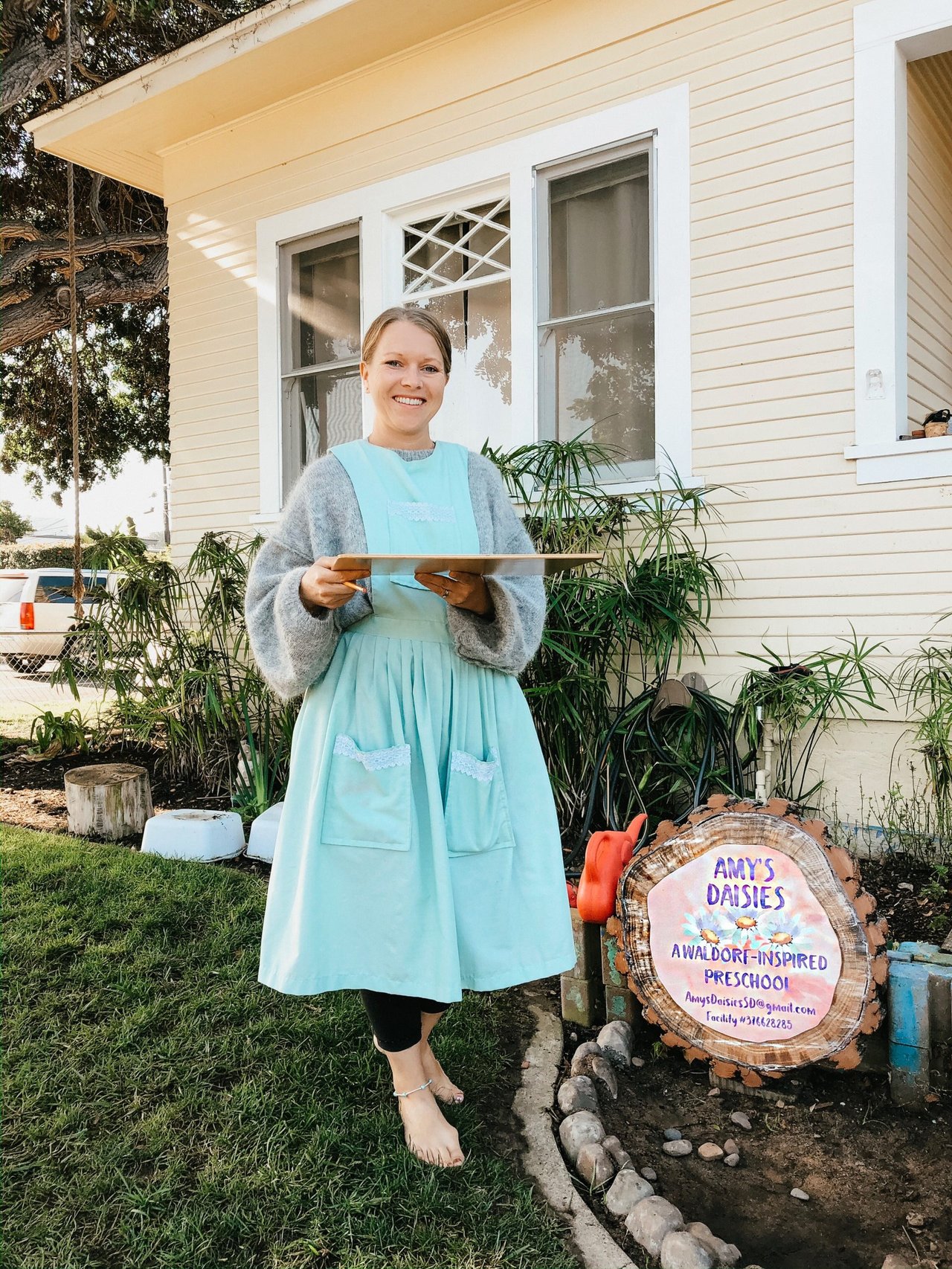(CN) — On a morning that census numbers showed an unprecedented drop in retail, the economic ravages of coronavirus found some lift Wednesday with the arrival of stimulus checks in U.S. bank accounts.
“Every penny is going toward one month of rent,” said Amy Cho, an at-home preschool provider in San Diego whose paychecks came to a halt last month when Covid-19 controls forced her to close her doors.

Just a few months ago, Cho and her husband, a videographer, had moved into a larger space to grow the preschool. She said their landlord has been understanding, but the crisis has made money tight.
“Luckily for my husband and me, we have some savings to live off, but I know there’s other people out there that don’t have a savings,” Cho said.
Until school resumes, the London-born Cho has started a YouTube channel to entertain her class remotely and just last week published a children’s book, “Frog & Bee.”
An estimated 80 million taxpayers received checks this week as part of the $2.2 trillion stimulus package passed by Congress. Taxpayers making less than $75,000 a year are entitled to a $1,200 stimulus check — $2,400 for married couples netting less than $150,000 — but parents will also get $500 for each child under 17.
Stephanie Hinson is among those still waiting for a stimulus check, but the 36-year-old hopes to buy a car once it does come in.
“That will help me get back on my feet,” said Hinson, who lives in a rural part of North Carolina where the lack of an advanced public transit system makes it hard to get around.
In addition to a check for herself, Hinson is also expecting $500 for her 17-month-old daughter, Elizabeth. She said the money will help her gather supplies to keep the toddler active and engaged at a time when the risk of Covid-19 keeps them homebound.
“Since I was previously unemployed, I am able to adapt to this situation, but she is getting bored,” Hinson said. “With playgrounds and public spaces shut down, I want to make sure that I am continuing to foster her learning and imagination while we are stuck at home.”
Hinson expressed gratitude for the rent assistance she receives through the federal Section 8 program and for having received extra benefits this month from SNAP, short for the Supplemental Nutrition Assistance Program.
She is worried for what happens, though, once the country tries to pick up the pieces from the pandemic.
“Right now, landlords can’t evict people,” she said. “But when this is over, I am worried that some people will not be able to make up the missed bills and end up in financial trouble. I hope that everyone is smart about this and chooses to spend the money on what they are supposed to.”
Charlotte Davis, an outreach coordinator for the Children’s Center of Transylvania County, has worked with Hinson and her family over the past year as part of a program that connects those in Western North Carolina who face economic barriers to education opportunities and other resources.
She said the Covid-19 crisis has put many of her clients in food services and other industries out of work.
“Most of our clients — many of whom are of a lower socioeconomic status — are beginning to come to the end of their income tax money so the stimulus money they receive will likely be needed for bills and other household necessities,” she said.
Davis said the individual stimulus allotments will most likely be enough to cover rent and utilities during the next billing cycle for the families she works with. But not without the help of resources such as SNAP, other federal programs and the rural community’s nonprofit organizations.











